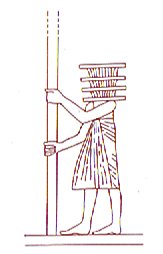GLYPHS
Aa6-66-4
Once again. M45 assigned in the
Messier list for the Pleiades star cluster might have been a
pointer at *45 and 03h:
360º / 45º * 03h = 24h (= 15h + 9h
↔ 225º + 135º)
|
AUG 30 (242) |
31 (*163) |
SEPT 1 (308
- 64) |
2 (245.
*165) |
3 |
*7 |
|
'Oct 6 |
7 (280) |
8 (308 - 27) |
9 (*202) |
10 |
 |
 |
 |
 |
 |
|
Ca8-27 |
Ca8-28 (227 → π) |
Ca8-29 |
Ca9-1 |
Ca9-2 (237 - 7) |
| tupu te
ure o te henua |
erua kiore |
Te marama erua |
|
Nov 2 |
3 |
4 (308 = 125 + 183) |
5 |
6 (317 - 7) |
|
KE KWAN
(Cavalry Officer) = β Lupi (*226.3), KE KWAN = κ
Centauri (*226.4), ZUBEN ELAKRIBI
(Claw of the Scorpion) = δ Librae (*226.8), π¹ Oct. (*226.9)
*226.4 -
*41.4 = *185.0 = *2.0 + *183.0 |
ω Bootis
(*227.2), NEKKAR (Herdsman) = β Bootis (*227.3),
σ Librae (*227.5), π² Oct. (*227.7),
NADLAT (Mean Little Ones) = ψ Bootis (*227.8), π Lupi (*227.9) |
15h (*228.3)
ZUBEN HAKRABIM (Claw of the Scorpion) = ν Librae (*228.3), λ Lupi
(*228.9) |
ω Oct.
(*229.3), ι Librae (*229.6), κ Lupi (*229.7),
ζ Lupi (*229.8) |
Al
Zubānā-14b (Claws)
χ
Bootis (*230.3), PRINCEPS = δ Bootis (*230.6),
ZUBEN ELSCHEMALI
(Northern Claw) = β Librae (*230.8) |
 |
|
Nakshatra
Full Moon: |
|
ρ
Arietis (*43.0), GORGONEA SECUNDA
= π Persei (*43.5), ACAMAR
(End of the River) = θ
Eridani (*43.6), ε Arietis (*43.7),
λ Ceti (*43.9)
DENEBOLA
|
MENKAR (The
Nose) = α
Ceti (*44.7) |
3h (*45.7)
GORGONEA TERTIA = ρ Persei (*45.1),
ALGOL (The Demon) = β Persei (*45.9) |
ι Persei (*46.1),
MISAM (Next to the Pleiades) = κ Persei (*46.2),
GORGONEA QUARTA) = ω Persei (*46.7),
BOTEIN (Pair of Bellies) = δ Arietis (*46.9) |
ζ Arietis
(*47.7) |
|
May 3 |
4 (60 + 64 = 124) |
5 (125 =
5 * 5 * 5) |
6 |
7 (127 = 63
+ 64) |
|
"March 23
(82) |
24 (124 - 41 = 83) |
(84,
Julian equinox) |
26 (85, *5) |
27 (*6) |
|
242 - 183 =
59 |
MARCH 1 (60) |
2 |
3 |
4 (63 = 70 - 7) |
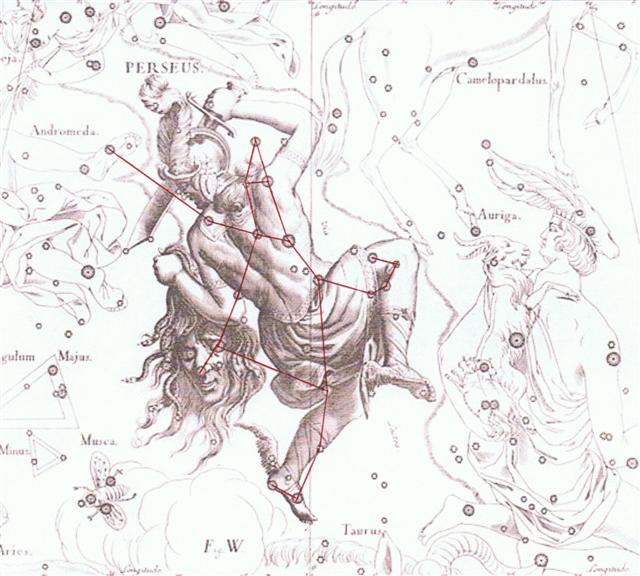
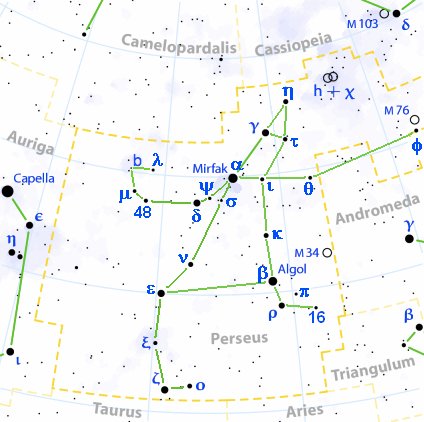 |
|
SEPT 10 |
11
(254, *174) |
12 |
13 |
14 (*354 / 2) |
SEPT 15 |
|
'Oct 17 |
18 |
19 |
20 |
21 (660) |
'Oct 22 (295) |
 |
 |
 |
 |
 |
 |
|
Ca9-9 |
Ca9-10 |
Ca9-11 |
Ca9-12 (240) |
Ca9-13 |
Ca9-14 (242) |
| kotia |
kua rere |
ki te marama |
e moa |
haati kava |
e moa |
|
Nov 13 |
14 (254 + 64) |
15 |
16 (320) |
17 |
Nov 18 |
|
κ Librae (*237.2),
ι
Serpentis (*237.4), ψ² Lupi, ρ Oct. (*237.5), γ Cor. Borealis, η
Librae (*237.7), COR
SERPENTIS = α Serpentis (*237.9)
*237.4 -
*41.4 = *196.0 |
π Cor. Borealis, UNUK ELHAIA = λ
Serpentis
(*238.1), CHOW = β
Serpentis (*238.6) |
κ Serpentis (*239.3), δ
Cor. Borealis, Tiānrǔ (*239.5), χ Lupi, (*239.6), ω Serpentis (*239.7),
BA =
ε Serpentis, χ Herculis (*239.8). κ Cor. Borealis, ρ Serpentis (*239.9) |
λ Librae (*240.0), β Tr.
Austr. (*240.3), κ Tr. Austr. (*240.4), ρ Scorpii (*240.8)
*240.4 -
*41.4 = *199.0 |
Iklīl al Jabhah-15 (Crown of the
Forehead) /
Anuradha-17 (Following
Rādhā) /
Room-4 (Hare)
ξ Lupi, λ Cor.
Bor. (*241.1), ZHENG = γ Serpentis,
θ Librae (*241.2),
VRISCHIKA = π Scorpii
(*241.3), ε Cor. Borealis (*241.5), DSCHUBBA
= δ Scorpii
(*241.7), η Lupi (*241.9) |
υ Herculis (*242.3),
ρ
Cor. Borealis (*242.4), ι Cor. Borealis (*242.5), θ Draconis (*242.6),
ξ Scorpii (*242.7)
*242.4 -
*41.4 = *201.0
SCHEDIR
|
|
... In other words, the ancient Druidic religion
based on the oak-cult will be swept away by
Christianity and the door - the god Llyr - will
languish forgotten in the
Castle of Arianrhod,
the Corona Borealis. This helps us to
understand the relationship at Rome of Janus and
the White Goddess Cardea who is ... the Goddess
of Hinges who came to Rome from Alba Longa. She
was the hinge on which the year swung - the
ancient Latin, not the Etruscan year - and her
importance as such is recorded in the Latin
adjective cardinalis - as we say in
English 'of cardinal importance - which was also
applied to the four main winds; for winds were
considered as under the sole direction of the
Great Goddess until Classical times ......
... The Mayan 20-day skeleton
tree month Kankin was beginning with day 261 (=
9 * 29) and ending with day 280.
261 - 20 = 241 and
therefore we might guess the previous 'red meat'
month (Mac) was beginning not with day 241 but
with day 242 because that was the position of
Vathorz Posterior. Here the Tree was still
living and in good shape - not a skeleton but
still with meat on
...
... And
therefore we can guess that the
Phaistos Disc
carries 123 + 118
glyphs because of the difference 123 - 118 = 5
(= 241 - 236)
... |
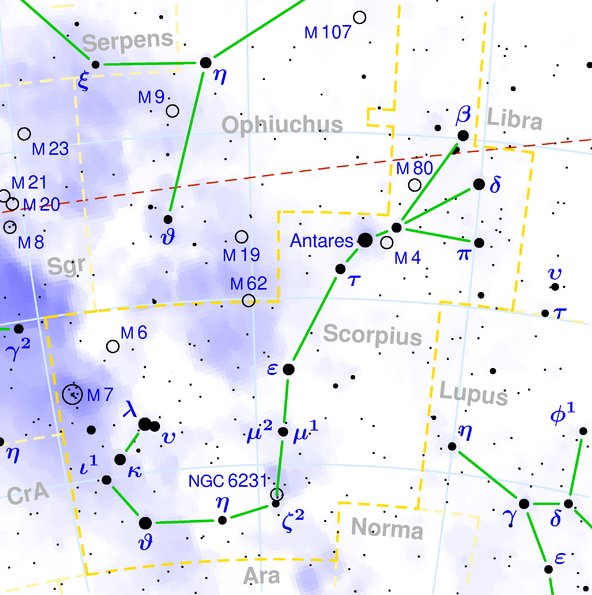 |
|
Nakshatra
Full Moon: |
|
δ Persei (*54.7) |
Al Thurayya-27 (Many
Little
Ones) /
Krittikā-3 (the nurses
of Kārttikeya) /
Hairy Head-18 (Cockerel) |
MENKHIB (Next to the
Pleiades) = ζ Persei
(*57.6)
PORRIMA
|
ε Persei (*58.5), ξ Persei (*58.8), ZAURAK
(Boat) = γ
Eridani (*58.9) |
λ Tauri (*59.3), ν Tauri (*59.9) |
|
TAU-ONO
(6 Stones) |
Temennu-3 (Foundation Stone) |
|
ATIKS = ο Persei, RANA
(Frog) =
δ Eridani (*55.1),
CELAENO (16 Tauri),
ELECTRA (17), TAYGETA (19),
ν
Persei (*55.3),
MAIA (20), ASTEROPE (21), MEROPE (23)
(*55.6) |
ALCYONE
(*56.1),
PLEIONE
(28 Tauri), ATLAS
(27) (*56.3) |
|
Messier 45 (M45) |
|
May 14 |
15 (365 + 135) |
16 (136) |
(320 - 183) |
18 |
May 19 |
|
MARCH 11 |
12 (436, 71) |
13 (136 - 64) |
3-14 (73) |
15 (74) |
MARCH 16 |
|
... The Mahabharata insists on six as the number
of the Pleiades as well as of the mothers of Skanda
and gives a very broad and wild description of the birth and the
installation of Kartikeya 'by the assembled gods ... as
their generalissimo', which is shattering, somehow, driving home
how little one understands as yet. The least which can be said,
assuredly: Mars was 'installed' during a more or less close
conjunction of all planets; in Mbh. 9.45 (p. 133) it is stressed
that the powerful gods assembled 'all poured water upon
Skanda, even as the gods had poured water on the head of
Varuna, the lord of waters, for investing him with
dominion'. And this 'investiture' took place at the beginning of
the Krita Yuga, the Golden Age
... |
... The Sacred Book
of the ancient Maya Quiche, the famous
Popol Vuh (the Book of Counsel)
tells of Zipacna, son of Vucub-Caquix (=
Seven Arata). He sees
400 youths
dragging a huge log that they want as a
ridgepole for their house. Zipacna alone
carries the tree without effort to the
spot where a hole has been dug for the
post to support the ridgepole. The
youths, jealous and afraid, try to kill
Zipacna by crushing him in the hole, but
he escapes and brings down the house on
their heads. They are removed to the
sky, in a 'group', and the Pleiades are
called after them ...
Counted from January 1 day number 45
will be February 14 (2-14) and May 15
will arrive 90 (→ 360 / 4) days later:
.
|
Separation
of Heaven and Earth |
Febr 14 (45,
410, *330) |
|
Raising
the Sky |
April
25 (115, 480, *400) |
|
End of
Spring |
May 15
(135, 500, *420) |
|
Maui
Fishing Up Land |
June 29
(180, 545, *465) |
...
I'm opening out like the largest
telescope that ever was! Good-bye,
feet!' (for when she looked down at her
feet, they seemed to be almost out of
sight, they were getting so far off).
'Oh, my poor little feet, I wonder who
will put on shoes and stockings for you
now, dears? I'm sure I
sha'n't be able! I
shall be a great deal too far off to
trouble myself about you: you must
manage the best way you can - but I must
be kind to them', thought Alice, 'or
perhaps they wo'n't walk the way I want
to go! Let
me see, I'll give
them a new pair of boots every Christmas
...
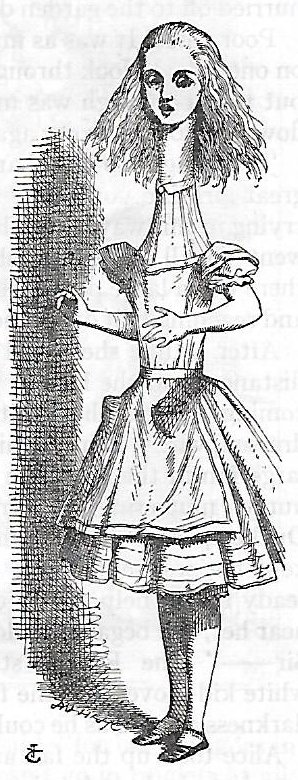
Should not the end of spring correspond
to the end of 'the Last Creation'?

|
1-23 |
24, 46-74 |
25-45 |
|
23 |
29 |
21 |
|
73 |
50 |
21 |
|
← |
The years were irrelevant, for down on earth it was the dates in the night sky
which (should be) counted. Because after the Argonauts these dates never changed.
... In Greek mythology, the
Symplegades, also
known as the Cyanean Rocks or Clashing Rocks were a pair of
rocks at the Bosporus that clashed
together randomly. They were defeated by Jason and the
Argonauts, who would have been lost and killed by the rocks
except for Phineas' advice. Jason let a dove fly between the
rocks; it lost only its tail feathers. The Argonauts rowed
mightily to get through and lost only part of the stern
ornament. After that, the Symplegades stopped moving
permanently. The Romans called them cyaneae insulae
...
The days might have been perceived to begin revolving again from right
ascension *45 + *12 = *57
at Menkhib (ζ Persei, Next to the Pleiades)
... Zeta (uppercase Ζ,
lowercase ζ; Greek:
ζήτα ... is the sixth
letter of the Greek alphabet. In the system of Greek numerals,
it has a value of 7. It was derived from the Phoenician letter
Zayin. Letters that arose from zeta include the Roman Z
and Cyrillic З ...
Zayin
(also spelled Zain or Zayn or simply Zay)
is the seventh letter of many Semitic abjads ... It represents
the sound [z]. The Phoenician letter
appears to be named after a sword or other weapon. (In Biblical
Hebrew, 'Zayin' means sword, and the verb 'Lezayen'
means to arm. In modern Hebrew, 'zayin' means penis and 'lezayen'
is a vulgar term which generally means to perform sexual
intercourse and is used in a similar fashion to the English word
fuck, although the older meaning survives in 'maavak mezuyan'
(armed struggle) and 'beton mezuyan' (armed, i.e.,
reinforced concrete). The Proto-Sinaitic glyph according to
Brian Colless may have been called ziqq, based on a
hieroglyph depicting a 'manacle'.
which was
*13 days after Menkar (the Nose of Cetus). Because MARCH
14 (3-14 → π) was day 73 (365 / 5).
In May 17 (73 + 64 = 137) was significantly the culmination
(at 21h) of Porrima.
... Allen has documented all his
star culminations at 21h,
which could be due to an effort of keeping the culminations at
their proper places according to the ancients, 24h (spring
equinox) - 21h = 3h = 24h / 8 = 45º. 3h corresponds to 366 / 8 =
45.75 of my right ascension days and *366 - *46 = *320 (Dramasa,
σ Octantis) ...
When the Full Moon ideally reached May 17
(and the culmination at 21h of Porrima)
|
 |
*145 |
 |
|
Ra4-12 (95) |
Ca9-12 (240) |
the day in the Sun calendar
ought to be
number 320 (= 137 + 183) → 640 / 2:

... Ogotemmêli had his own
ideas about calculation. The Dogon in fact did
use the decimal system, because from the
beginning they had counted on their fingers, but
the basis of their reckoning had been the number
eight and this number recurred in what they
called in French la centaine, which for
them meant eighty. Eighty was the limit of
reckoning, after which a new series began.
Nowadays there could be ten such series, so that
the European 1,000 corresponded to the Dogon
800. But Ogotemmêli believed that in the
beginning men counted by eights - the number of
cowries on each hand, that they had used their
ten fingers to arrive at eighty, but that the
number eight appeared again in order to produce
640 (8 x 10 x 8). 'Six
hundred and forty', he said, 'is the end of the
reckoning.'

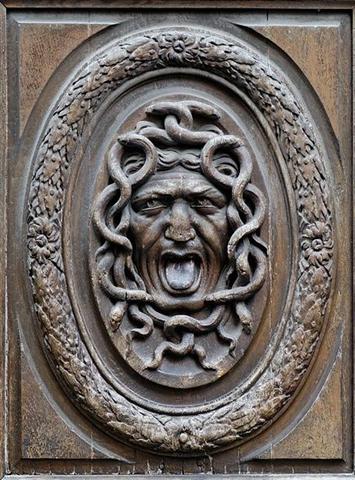
|









